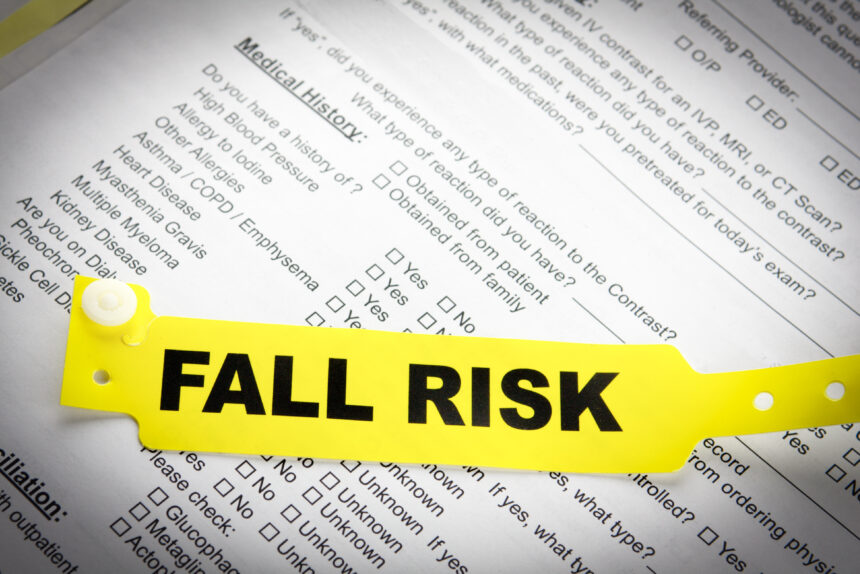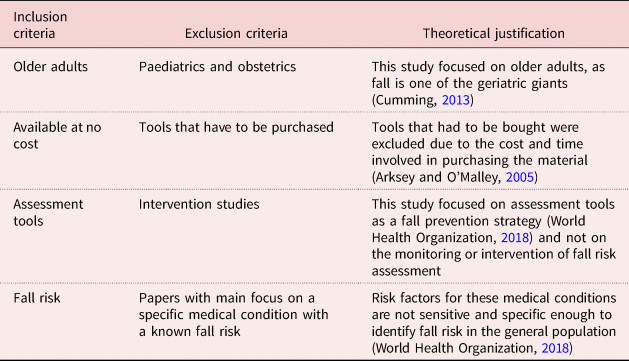The Best Guide To Dementia Fall Risk
Table of ContentsGetting My Dementia Fall Risk To WorkDementia Fall Risk Fundamentals ExplainedGetting My Dementia Fall Risk To WorkThe Best Strategy To Use For Dementia Fall RiskThe 4-Minute Rule for Dementia Fall Risk
Analyzing fall risk assists the whole medical care team develop a much safer setting for each person. Make certain that there is an assigned location in your clinical charting system where staff can document/reference ratings and document pertinent notes associated to drop avoidance. The Johns Hopkins Loss Threat Evaluation Tool is just one of lots of devices your team can use to assist prevent adverse medical events.Client drops in healthcare facilities prevail and devastating adverse occasions that continue despite decades of initiative to decrease them. Improving interaction throughout the assessing registered nurse, care group, client, and patient's most involved family and friends may strengthen loss prevention efforts. A group at Brigham and Women's Hospital in Boston, Massachusetts, looked for to develop a standardized autumn avoidance program that centered around improved communication and client and household interaction.

The advancement group highlighted that effective implementation depends upon individual and personnel buy-in, assimilation of the program right into existing process, and fidelity to program processes. The team noted that they are grappling with how to guarantee continuity in program application throughout periods of crisis. During the COVID-19 pandemic, as an example, a rise in inpatient drops was linked with limitations in patient involvement together with limitations on visitation.
What Does Dementia Fall Risk Mean?
These events are normally considered avoidable. To apply the treatment, companies require the following: Accessibility to Loss TIPS sources Fall pointers training and retraining for nursing and non-nursing personnel, consisting of brand-new nurses Nursing operations that permit for person and family members interaction to perform the drops analysis, ensure use of the avoidance strategy, and carry out patient-level audits.
The outcomes can be extremely harmful, typically speeding up person decrease and causing longer hospital stays. One research approximated remains enhanced an additional 12 in-patient days after a client loss. The Autumn TIPS Program is based on appealing people and their family/loved ones throughout three main processes: assessment, individualized preventative interventions, and auditing to ensure that clients are engaged in the three-step loss prevention procedure.
The person analysis is based upon the Morse Fall Range, which is a confirmed fall threat evaluation tool for in-patient health center setups. The range consists of the 6 most typical factors people in medical facilities drop: the client loss background, risky conditions (consisting of polypharmacy), use of IVs and other outside devices, psychological standing, stride, and wheelchair.
Each threat useful content element links with one or more workable evidence-based treatments. The nurse develops a plan that includes the treatments and shows up to the treatment group, person, and family members on a laminated poster or published aesthetic help. Registered nurses create the strategy while meeting the client and the individual's family.
See This Report about Dementia Fall Risk
The poster acts more tips here as an interaction tool with other members of the patient's treatment group. Dementia Fall Risk. The audit element of the program includes evaluating the client's knowledge of their threat variables and avoidance plan at the unit and medical facility levels. Registered nurse champs conduct a minimum of 5 individual meetings a month with people and their households to examine for understanding of the fall avoidance plan

An approximated 30% of these falls outcome in injuries, which can range in extent. Unlike other damaging occasions that require a standard clinical feedback, fall avoidance depends highly on the demands of the person.
The Ultimate Guide To Dementia Fall Risk

Based on bookkeeping results, one site had 86% conformity and 2 websites had over 95% conformity. A cost-benefit evaluation of the Fall ideas program in 8 medical facilities approximated that the program cost $0.88 per client to apply and resulted in cost savings of $8,500 per 1000 patient-days in straight expenses associated with the avoidance of 567 tips over three years and 8 months.
According to the innovation team, organizations interested in applying the program should carry out a preparedness analysis and drops prevention gaps evaluation. 8 Additionally, organizations must make certain the necessary infrastructure and workflows for application and establish an execution plan. If one exists, the company's Autumn Avoidance Job Pressure must be associated with preparation.
Some Known Details About Dementia Fall Risk
To begin, organizations should make certain conclusion of training modules by registered nurses and nursing aides - Dementia Fall Risk. Health center personnel ought to assess, based upon the requirements of a healthcare facility, whether to make use of a digital health and wellness record hard copy or paper version of the fall avoidance plan. Implementing groups need to hire and train registered nurse champs and establish procedures for auditing and coverage on autumn information
Team need to be associated with the procedure of revamping check my blog the workflow to involve clients and family in the analysis and avoidance plan procedure. Solution should remain in place to make sure that systems can understand why a loss happened and remediate the reason. Much more especially, nurses need to have channels to give recurring feedback to both team and unit management so they can adjust and enhance loss prevention process and communicate systemic issues.